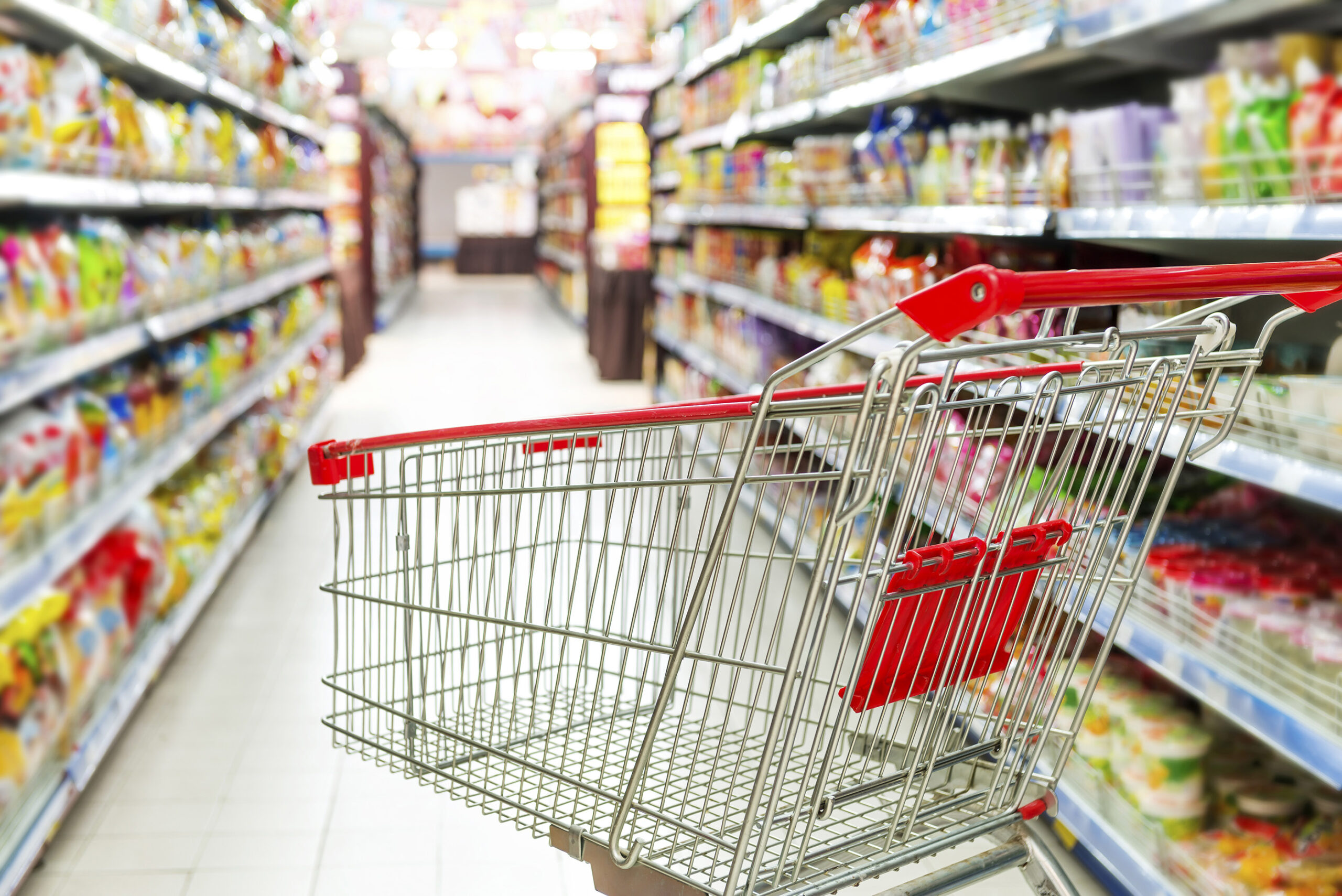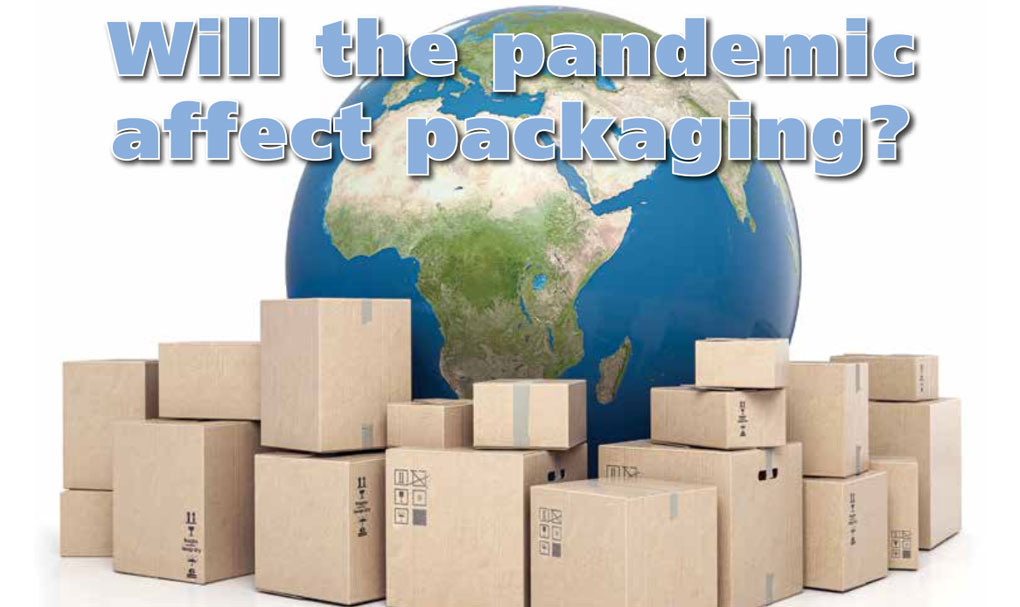David Little, Chair of the Irish Packaging Society, examines the impact of the Covid-19 pandemic on Ireland’s packaging industry, and what it could mean for the FMCG packaging of the future.
WHAT a strange few months this has been for all of us. A real challenge to how we do business, a harsh judgement on our customer mix and a clear ruling on who and what is really important in our personal and business lives.
It has been a strange time. Some sectors and people have never worked harder, like those great people at the frontline. Many other sectors that have had their businesses totally wiped out, at least in the short term. These companies face real challenges, to get up and running. Bringing in and paying for new stock, getting back their staff and making ends meet, with the impact of social distancing adding cost, or undermining revenue opportunities. While any number of these sectors deserve comment, I am going to look at the general issues and the impacts on the broader packaging sector in this article.
In general, the packaging sector worked well through the Covid crisis, particularly where they supplied food and pharma sectors and therefore qualified for exemptions and were able to continue working, even if with a reduced work force. This, of course, wasn’t without difficulty, as engineering service support and supply chains were affected. Not to mention distancing issues at work and the possibility of being short-staffed with people out sick, ill or in isolation. While some food packaging flexible film and other providers were up a bit, the general result was that most packaging companies, although busy, were down 20% or more on last year. The benefit of less travel and sales expenses helped to offset things a little, but it has been a very challenging period for all
The impact on recycling
As we were all at home and couldn’t go out or eat out, this impacted on the recycling sector in a big way. Normally the vast bulk of their collections are from a small number of large commercial operations (hotel, restaurants, factories etc.), but as a result of Covid, they had the reverse of this, only collecting from households, but with an increased volume and very little on the commercial collection side. You can imagine this completely changed the volume and profile of the waste, adding cost at every stage.
An interesting outcome of Covid is that it has highlighted one of the key functions and benefits of packaging, protecting the product. We have now seen many historically loose food items being bagged or wrapped, like fresh breads, pastries, coffee stirrers etc., and will probably see a drive back to portion packs, rather than large size dispensers, when the foodservice sector gets back up and running. Even the encouraged use of reusable coffee cup has been slowed by coffee shops, as they understandably do not wish to handle them. This outcome unfortunately goes against the ethos of reducing unnecessary packaging and may complicate the planned single-use plastics legislation due next year. It will be interesting to see how this will be handled and if the legislation needs to be changed or postponed.
Supermarkets, brand owners and their suppliers (including packaging companies) have all done a pretty impressive job over this period, taking care of their staff and customers, while trying to handle increased sales, keeping the shelves full and maintaining their supply chain. This has not been easy with the pressures of staff shortages, increased stress levels and all with hit-and-miss raw material supply.

Supermarkets, brand owners and their suppliers, including packaging companies, have all done a pretty impressive job of taking care of their staff and customers, while trying to handle increased sales, keeping the shelves full and maintaining their supply chain
Display/POS graphics
The display / POS graphics sector has assisted these retail stores and workplaces, with all sorts of signage, floor graphics, screens and barriers. Just as well, as their traditional area of Point of Sales stands and displays have been hit hard during these times. I imagine we will see fewer of these type of POS marketing campaigns for the next while and those that do happen will be expected to last longer, giving a real challenge to the agencies to build stronger brand stories and to traditional print companies to cope with falling volumes.

If large numbers of people are buying their weekly food shopping online, it could start to impact on the design and substrates used in FMCG product packs.
Corrugated packaging continues to rise in demand, as one of the key packaging substrates, essential for product distribution: outers, SRP’s, displays, trays and of course eCommerce.
The potential affects of stronger online sales
Online retailing has grown exponentially and eCommerce sites have been the big winners from Covid, with grocery shopping experiencing unprecedented demand. Many retailers had to take on extra staff to deal with demand for delivery and clickand-collect services. This all begs the question: what will people do afterwards? Will they go back to the high street, or do they find online shopping so convenient that the trend will continue? There could be big repercussions to this in terms of employment, retail property, waste collections, packaging volumes, couriers, and even packaging design.
A further shift from the supermarket shelf to online will challenge brand identity. If large numbers of people are buying their weekly food shopping online, it could start to impact on the design and substrates used in these FMCG product packs. While websites will continue to show the photo image of the branded product, shape and colour, does the delivered pack still need to represent the brand visually / physically in the traditional way? Could the product pack be plainer, with a basic print or cheaper substrate to suit a new shorter supply chain, or maybe the use of refillable packs could increase for this online business? There could actually be some positive sustainability arguments made in favour of this, but will most people go back to the traditional model and what percentage won’t? This is the big question.
You might also find interesting:
New Realities, The Impacts and Challenges


